Volkswagen “remains committed” to its aggressive EV program, the automaker’s U.S. chief executive said. But, as sales growth slows, the German auto giant is also considering adding hybrids and plug-in hybrids to its American fleet. And it’s not alone. Other manufacturers who’ve made major commitments to EVs, such as Kia, are also turning to hybrids to help them meet emissions targets because of consumer resistance to all-electric vehicles.
Initial demand for the new Volkswagen ID.Buzz, the all-electric minivan its launching this year, suggests sales will outstrip supply, Pablo di Si, the CEO of the VW Group of America said following a presentation at the Chicago Auto Show on Thursday.
VW has announced one of the largest EV programs in the industry, with plans to bring 30 to market by the end of the decade. It’s already launched the ID.5 crossover in the U.S. and others in Europe and China. But in a conversation with Headlight.News, di Si acknowledged that the Buzz may be the exception. After an eight-fold increase in sales between 2019 and 2023, EV sales “growth is slowing” in the States and is likely to fall short of the requirements laid out in both federal standards and the zero-emission vehicle mandates set by California and 16 other states.
A hybrid tsunami is approaching.
Several other industry leaders attending the Chicago show warned that EV sales likely won’t reach initial expectations. And that will require the industry to find alternatives. Short of getting regulators to roll back their sales targets, manufacturers say they’ll expand their line-up of conventional and plug-in hybrids.

Kia will offer a hybrid drivetrain for the first time on the Carnival minivan debuting at the Chicago Auto Show.
“Hybrids,” said Russell Wager, the marketing chief at Kia America, “are part of” the transition to electric vehicles. And the automaker is backing that up. A first-ever hybrid powertrain will be offered on the 2025 Kia Carnival minivan making its debut at the Chicago Auto Show. Wager confirmed there will be more conventional and plug-in hybrids to follow.
Kia is not alone. General Motors this month said it will add new plug-in hybrids to its line-up for the first-time since it dropped the Chevrolet Volt in 2019, confirming a report published by Headlight.News last November.
For its part, Volkswagen has “not decided” whether to add hybrids to its line-up but “We have the technology” to do so, said di Si. Asked if he thinks that will happen, he said, “Hopefully, yes.”
Boom and bust?

“It will take a miracle” for automakers to meet EV mandates, warned VW Group of America CEO Pablo di Si.
EVs made up barely one percent of the U.S. retail automotive market in 2019. But sales mushroomed over the following four years, reaching more than 8% by early 2023, according to sales data tracked by J.D. Power. Then, in the second half of last year, the growth rate “flattened out,” said Tyson Jominy, Power’s director of data and analytics.
The slowdown comes even as manufacturers roll out waves of new battery-electric vehicles, such as the Volkswagen ID.Buzz, the Chevrolet Blazer EV, and the Kia EV9 which was named North American Utility Vehicle of the Year by a panel of 50 U.S. and Canadian journalists last month. Even EV industry leader Tesla fell short of its growth targets during the final quarter of 2023, it recently confirmed.
Analysts like Jominy point to several factors slowing adoption, including the high cost of the typical EV – which now averages about $60,000, according to industry numbers – as well as concerns about range and the lack of a robust public charging network.
More EV News
- 2025 Kia Carnival gets 1st-ever hybrid option
- GM Hires key Tesla exec to accelerate its push to EV
- Ford launches “skunkworks” project to develop low-cost EVs
Hybrids take off
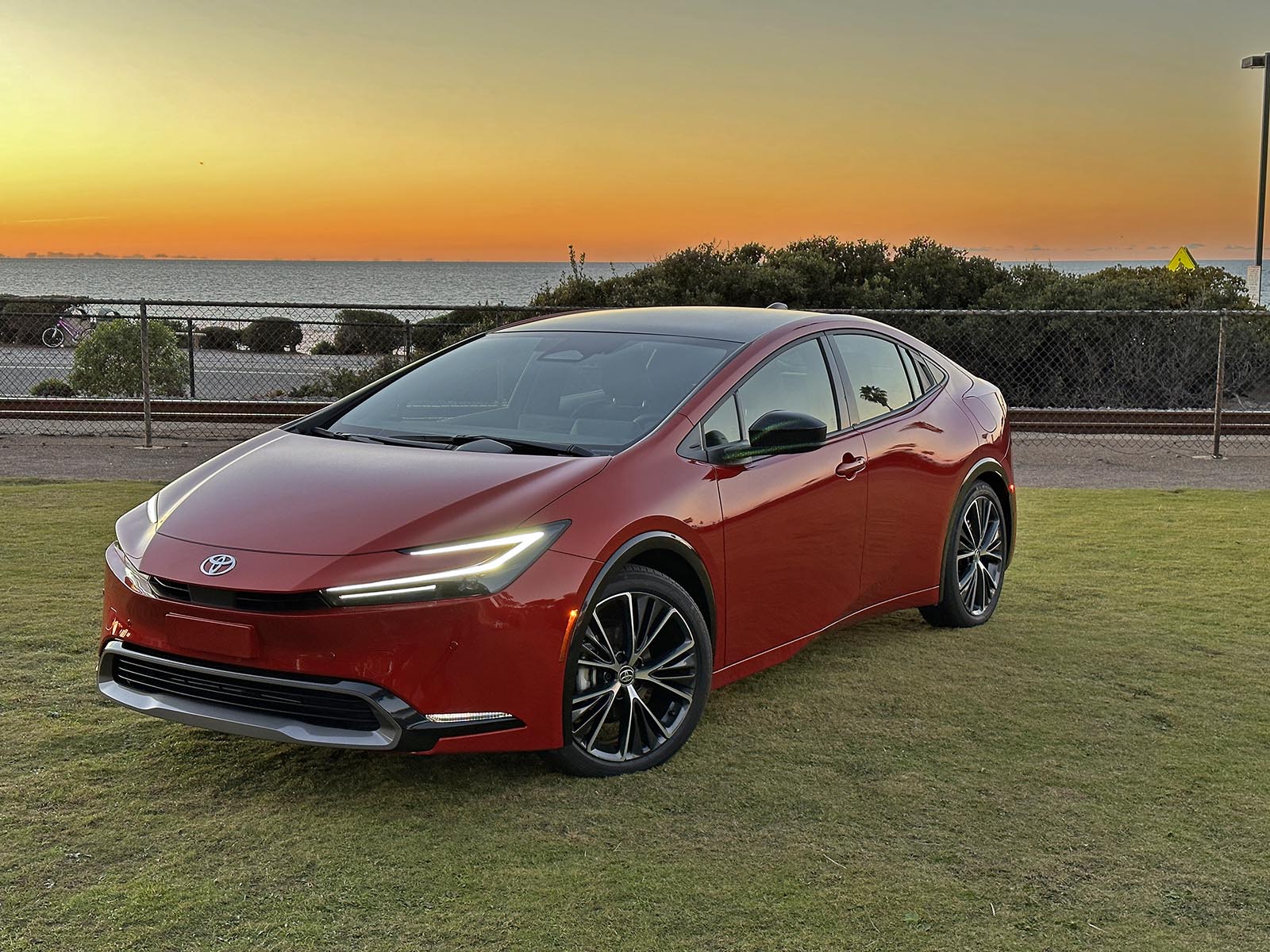
Toyota hopes to rebuild demand for the Prius hybrid with its latest redesign and upgrade performance.
It’s now a quarter century since Toyota and Honda introduced the first mass market hybrid-electric vehicles. The Toyota Prius, in particular, became an icon, at one point becoming the best-selling vehicle of any form in California.
Prius has slid down the sales charts in recent years. But not because of a lack of consumer interest. It’s just got far more competition. Toyota, in particular, has now added hybrid options for the vast majority of its U.S. line-up, from the little Corolla to the full-size Tundra pickup. And several new models, including the next-generation Camry sedan now going on sale, are available only in hybrid form.
“I wouldn’t be surprised if the hybrid share of Toyota sales tops 30% this year,” said Sam Abuelsamid, lead auto analyst with Guidehouse Insights.
Overall, hybrids reached about 8.6% of the U.S. retail auto market last year, according to Power data, and Jominy, Abuelsamid and other analysts say they expect it to climb into double-digits in 2024.
“Bridge technology”
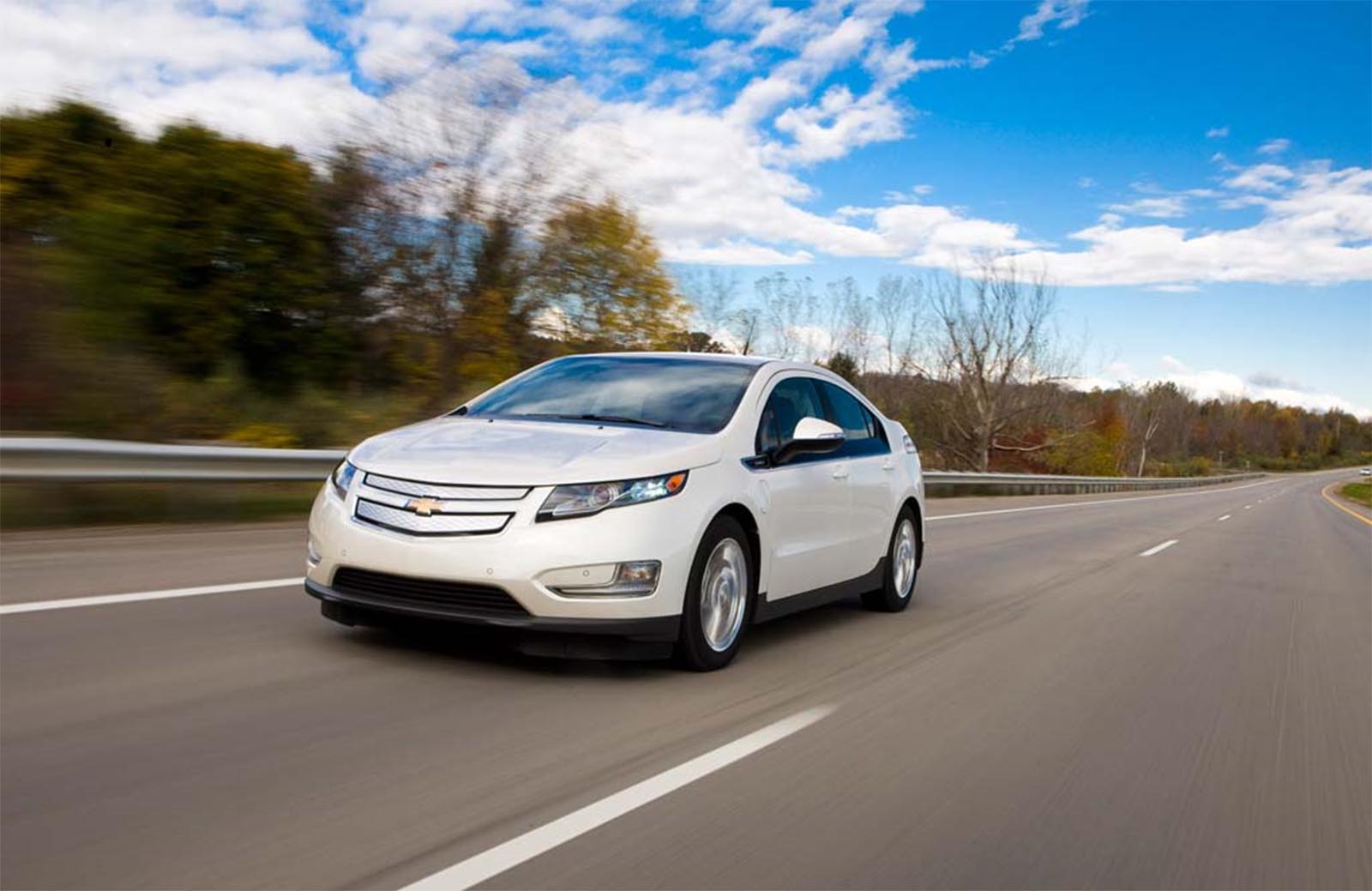
The original Chevrolet Volt was the world’s first mass-market plug-in hybrid. But GM stopped building it in 2019.
For many American motorists looking to cut emissions and improve energy efficiency, hybrids are a “a great bridging technology,” said Volkswagen’s di Si. They boost fuel economy while also lowering emissions. More importantly, at least for EV skeptics, they aren’t limited by range and the lack of a robust public charging network.
Hybrids actually fall into two primary categories:
- Conventional hybrids, like Prius, pair an internal combustion engine with typically modest-sized electric motors drawing power from a battery pack of no more than a kilowatt-hour or two. They can substantially boost fuel economy but rarely offer more than a mile or two range – at low speeds – in all-electric mode;
- Plug-in hybrid electric vehicles, or PHEVs, use larger motors and battery packs of as much as 20 kWh or more. The key here is that they can operate like an EV, getting anywhere from 20 to 50 miles in all-electric mode at normal speeds. PHEVs do have to be plugged in to make full use of the electric side of the drivetrain. But they can continue running on gasoline when their battery packs are discharged.
“For motorists who have a daily commute of 30 to 40 miles, plug-ins offer a great experience,” said Kia’s Wager. They could go weeks, even months without needing to gas up. But they won’t have to worry about recharging on longer trips.
An advantage for automakers
There’s a plus for automakers, as well. “You’ll need to be a magician” to meet the various federal and state ZEV mandates through the end of this decade, said di Si, at least if you rely solely on selling more EVs.
California has approved something of an escape valve for automakers who might miss their zero-emission vehicle, or ZEV targets however. They can replace up to 20% of the all-electric models they’re required to sell with plug-in hybrids.
The alternative is to either pay hefty fines or buy EV “credits” from companies like Tesla. That has, in fact, generated billions of dollars in revenue for the Texas-based automaker. But a number of industry officials privately express their frustration at having to help support their number one EV rival.
There are some conflicts between the various ZEV mandates and not all give manufacturers credit for substituting PHEVs. But automakers like VW, GM, Kia and others are hoping to convince regulators that they need to be more flexible if the long-term goal is to minimize and, eventually, eliminate tailpipe emissions.

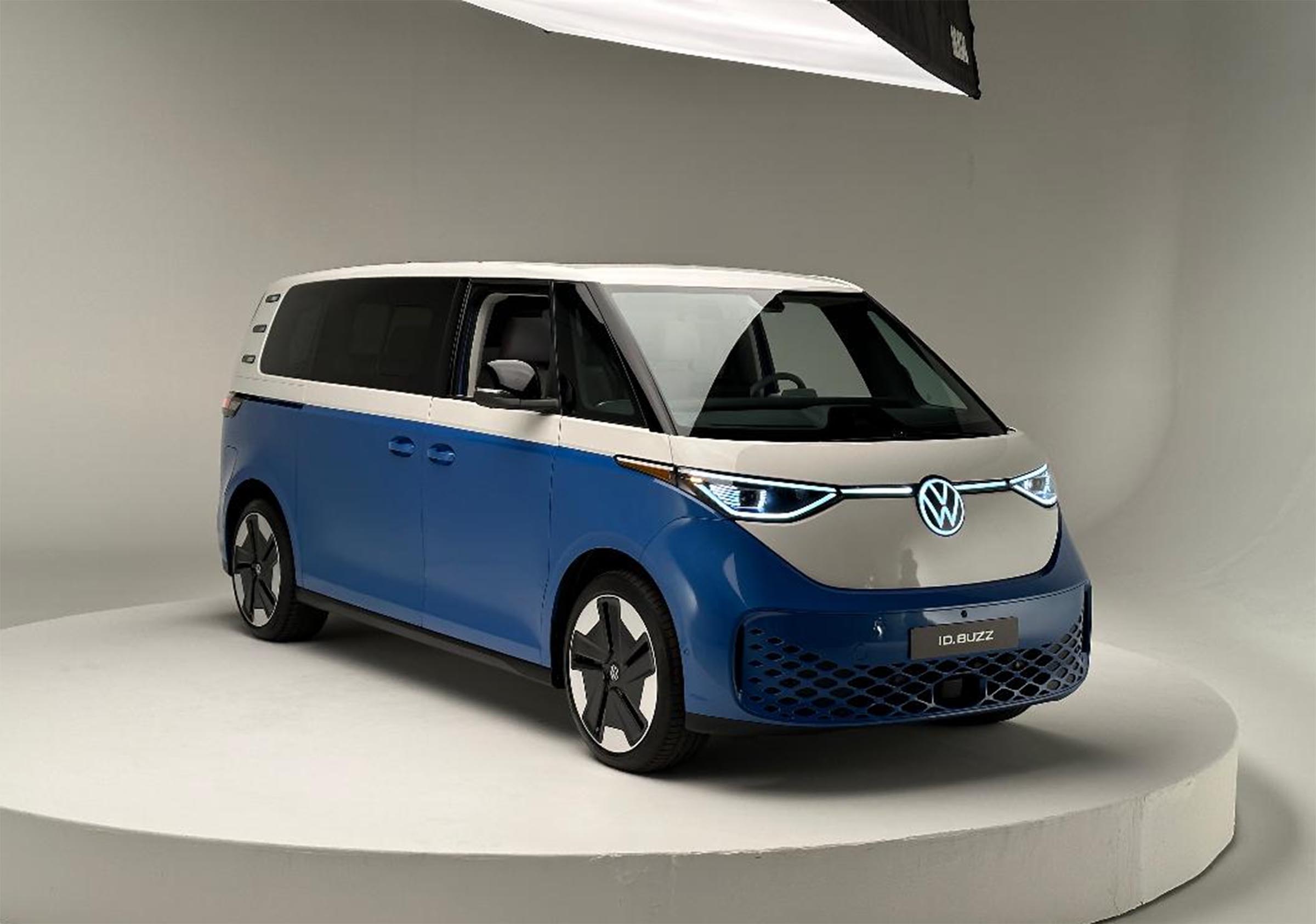



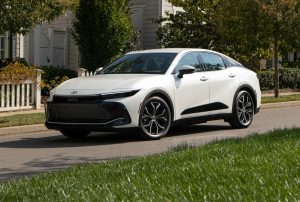
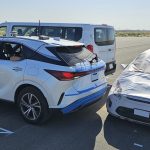


0 Comments